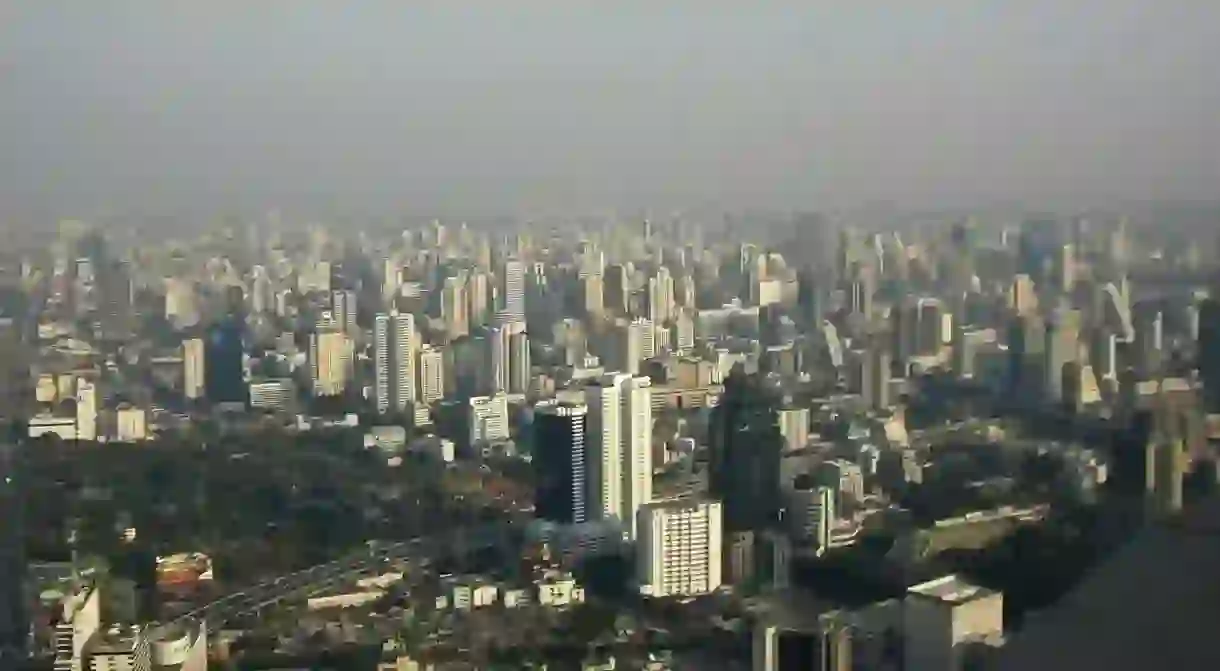Why Bangkok Has a Serious Smog Problem

Recent weeks have seen Thailand’s capital seem more like Beijing than Bangkok, with air quality in the city reaching dangerous levels. But why is this happening?
Causes of the smog

Smog issues in major cities aren’t new phenomena, and cities in countries going through industrialisation and development like India and China have long since had infamous reputations when it comes to air quality levels. Yet in Bangkok, it was never really a huge issue — until now.
Traditional causes of Bangkok’s smog aren’t unusual; as well as open-air burning and industry-related activities, both carbon monoxide and carbon dioxide from cars and transport on the roads — and we know all about Bangkok’s traffic — are released into the atmosphere, causing the dense, fog-like smog to build up and loom over the city. However, there’s another reasons why it’s been worse recently than it has in the past — wind, or rather, the lack of it. Whereas wind usually plays its part in clearing the air, the lack of wind on those hot days in Bangkok means pollution has stagnated, leading to air quality levels to soar above 150 on some Air Quality Index (AQI) monitoring devices.
Fallout from the smog

During the worst of the smog, steps were taken to ensure that citizens of Bangkok weren’t too exposed to it. Schools across the capitals kept students indoors, with some even closing so that the children could stay at home and not have to venture out into the unhealthy air. Thailand’s Pollution Control Department also called for residents — particularly seniors, children and those with respiratory diseases — to wear masks, which would help to filter out the pollutants and lessen the effects of the atmosphere.
Greenpeace has also called on Thai Prime Minister Prayut Chan-o-cha to do something about the crisis before it gets any worse. In 2015 alone, pollution is said to have killed 37,500 people in Thailand, either by causing health problems or exacerbating pre-existing health conditions.
Bangkok isn’t alone

Whilst it may be the only one making the headlines, Bangkok isn’t the only city in Thailand to have problems with air quality. It may come as a surprise to travelers, but Chiang Mai is widely considered to be the most polluted city in the country. Whilst it does have the feel of a mountainous city at one with nature, its yearly practice of agricultural burning combined with heavy traffic has seen it take the top spot when it comes to pollutants in the air. Residents have taken to spraying water into the air to remove the haze, but the dangerous particles still linger. Completing the top five most polluted areas in Thailand alongside Bangkok and Chiang Mai are Khon Kaen, Lampang and Samut Sakhon.

However, residents are starting to fight back. Plans to build a coal power station in scenic Krabi province have been put on hold after strong local opposition, including a hunger strike.













